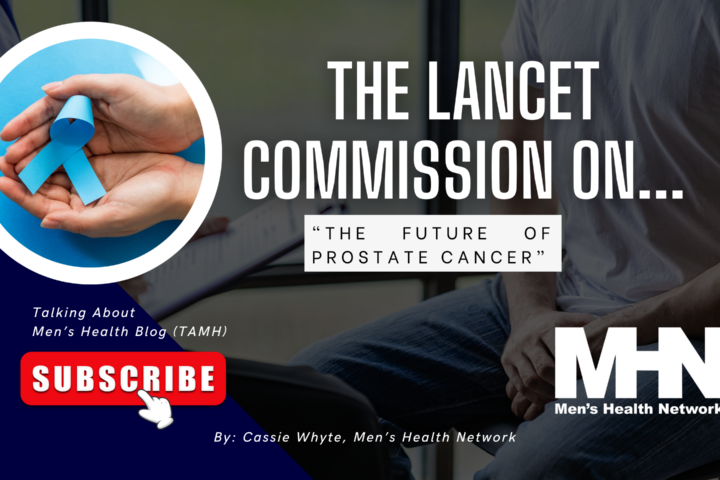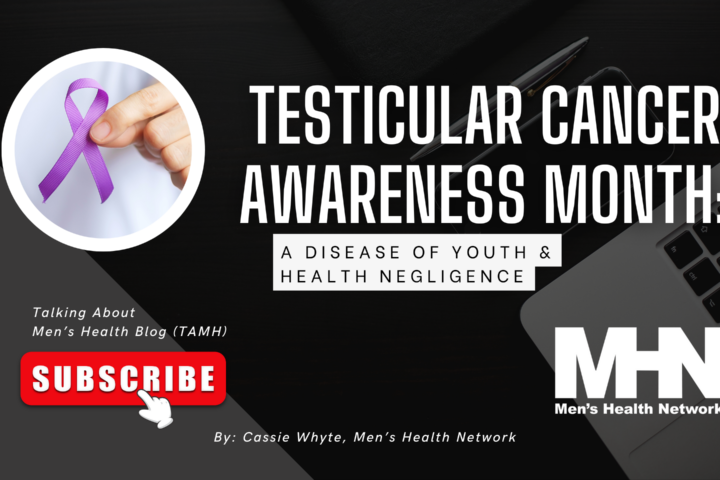Facing a condition such as bipolar disorder can be frightening. However, for one Yale Medicine patient, healing has happened through a range of personal connections.
In his cooking classes, Bob Forlano likes to make dal, the Indian dish with red lentils, celery, onion, garlic, thyme and cumin. “And since I’m a steak-and-potatoes guy,” he says, “I add sweet potatoes. It’s so good and filling that way.”
Forlano, a 50-year-old with a hearty laugh to match his hearty appetite, teaches cooking to clients at the Connecticut Mental Health Center (CMHC), a collaboration between the State of Connecticut Department of Mental Health & Addiction Services and the Yale School of Medicine’s Department of Psychiatry. CMHC provides mental health services for 5,000 people each year, Forlano among them.
Cooking lessons are only part of his role as a peer support specialist at CMHC, which he began two years ago. He also leads informal chats with clients, inspiring them with personal stories of how to live with mental illness. He also works part-time in the center’s cafeteria, making everything from hummus to steak. “I like counseling and cooking, so the way they go together here makes me happy,” he says. “It seems like things are just happening for me.”
Bipolar Highs and Lows
It did not seem like that for most of Forlano’s life. He describes himself as a hyper kid growing up in East Haven. “I skipped classes a lot in high school, not because I was lazy, but because my anxiety was so bad that I couldn’t sit still,” he says.
In that era, mental illness was widely misunderstood and stigmatized. Forlano’s father was dismissive. “He said, ‘What do you mean you can’t sit? Just stay calm!’” Forlano says.
But he made it through high school, married and found work as the facilities manager of a retirement center. Initially, the manic phases he had begun to experience enhanced his reputation. “I was there at 4 a.m., ready to work, full of energy. My boss thought I was God,” he says.
But reckless behavior eventually overshadowed his apparent work ethic. Forlano began yelling at his staff for no reason and getting into fights, including one with a police officer. He drove too fast and bought expensive items he did not need from infomercials, such as multiple pieces of exercise equipment. Although he loved singing and playing with his young daughter, his erratic behavior scared his wife. His marriage began to fall apart.
At 41, he had the first of several breakdowns (three manic episodes and one depressive one) that landed him in the hospital for weeks at a time. He lost his job and his marriage. After his last hospitalization, he no longer had insurance and was sent to CMHC for outpatient therapy in 2007. He began seeing an individual therapist and attending group therapy.
Forlano was not as enthusiastic about his therapy regime as his family or the professionals treating him. “I was very apprehensive,” he says. “I didn’t know if I was going to get better. People told me I was at a low point and could only go up.”
Despite his skepticism, the therapy helped right away. “Each week, I would go in and talk about the problems I was having,” he says. “And the therapist and I would come up with a specific plan for how I would deal with those over the next week.”
‘A Lot on His Plate’
Around the time he began his treatment at CMHC, Forlano began seeing Scott Woods, MD, a researcher and psychiatrist at CMHC and a professor of psychiatry at Yale School of Medicine. “Dr. Woods saved my life,” he says.
Says Dr. Woods: “I think it’s an exaggeration. But it makes me feel great.”
Finding the right medications was not easy, Dr. Woods says, because “Bob had a lot on his plate.” Not only had he been diagnosed with bipolar disorder but he also suffered from substance abuse issues, anxiety attacks, attention deficit disorder, narcolepsy and sleep apnea.
While it is not unusual for patients to have multiple diagnoses, Dr. Woods says, Forlano’s mix was particularly hard to manage. Solving one issue exacerbated another one. Taking antidepressants for his anxiety made his bipolar symptoms worse. Medications that helped his attention deficit disorder worsened his anxiety. And while benzodiazepines such as Valium ease anxiety, their addictive properties make prescribing them to people susceptible to substance abuse risky.
Now, after two years of carefully monitored experimentation, Forlano and Dr. Woods have established a stable protocol involving six prescriptions. Forlano has not had a manic or depressive episode in seven years. His anxiety and attention and sleep issues are under control.
“Bob’s done astonishingly well,” Dr. Woods says. “A lot of that has to do with his personal determination, his generally positive attitude and his ability to get people to help him because they like him. He has a wonderful, winning, upbeat personality, and that’s been a tremendous asset for him.”
“I used to upset myself, thinking of all my diagnoses,” Forlano says. “I don’t do that anymore. I go from one day to the next and I’m happy.”
Sharing the Road to Recovery
For Forlano, like so many people who live with one or more mental health conditions, connection with others—professionals and peers—is a key part of recovery. “You can’t just take medication and be done with it,” he says. Dr. Woods and other clinicians at CMHC have taught him techniques for dealing with his issues, such as how to distract himself from anxious thoughts and the importance of physical activity in burning off “pre-manic” energy.
Forlano also continues to attend group therapy at CMHC each week. The advantage of group therapy, he says, is hearing how clients in similar situations have handled themselves and, in turn, being able to share his experiences and suggestions.
Forlano has rebuilt trust with his former wife and looks forward to time with his daughter, now 13, twice a week. “I miss not doing little things with her, like helping with homework each night,” he says. “But I always try to be there for her.” His girlfriend of several years, with whom he lives, brings stability and happiness to his life.
“My personal philosophy is that the road to recovery from mental illness is sometimes long and bumpy, but if the doctor and patient don’t give up, they will get there,” Dr. Woods says. Over the last few years, Dr. Woods has seen Forlano develop more of an interest in others. “Helping other patients here has been very helpful for him, too,” he says. “It’s enhanced his self-esteem.”
One effort to help others at CMHC led Forlano to join an advisory group on renovating the 50-year-old center. “I give the client’s point of view on the building,” he says. During the group’s first meeting, Forlano noticed that Dr. Woods was there, too. He reports that he thought to himself, in wonder: “Here’s this guy who saved my life, this amazing doctor, and my input will be taken as seriously as his? It made me really appreciative and proud.”
This article first appeared on the YaleMedicine blog.
Photo by Matheus Ferrero on Unsplash




